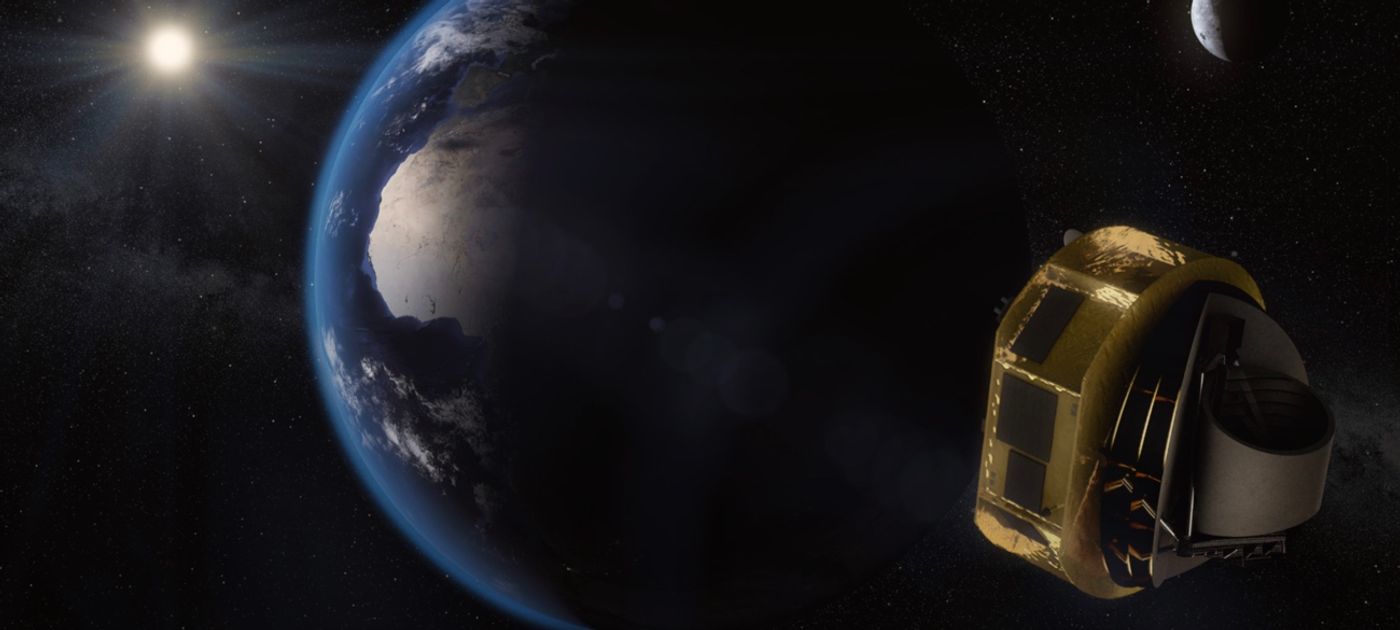ESA's Next Misson Will Involve Exoplanetary Research
Exoplanetary research has been one of NASA’s forefront interests for ages, and it now seems that the European Space Agency wants to take a crack at it.
On Tuesday, the ESA announced a new space-related mission dubbed ARIEL (Atmospheric Remote‐sensing Infrared Exoplanet Large‐survey), which promises to delve into how exoplanets form and how they can become habitable for life.
Image Credit: ARIEL/ESA
So how will it do that? A public statement released by the ESA underscores how ARIEL could help scientists discern whether the chemical makeup of an exoplanet’s general neighborhood during formation impacts its habitability down the line. Furthermore, it could reveal whether different star types influence exoplanetary formation.
It’ll do this by probing exoplanetary atmospheres for clues about their composition. So far, the ARIEL mission plans to scope out at least 1,000 different exoplanets over the course of four years, which should provide astronomers with a heap of useful data.
Related: Astronomers spy on extragalactic exoplanets for the first time
“ARIEL is a logical next step in exoplanet science, allowing us to progress on key science questions regarding their formation and evolution, while also helping us to understand Earth’s place in the Universe,” says Günther Hasinger, ESA Director of Science.
“ARIEL will allow European scientists to maintain competitiveness in this dynamic field. It will build on the experiences and knowledge gained from previous exoplanet missions.”
Related: The ESA wants to test consumer-grade computer memory in space
NASA’s existing Kepler mission has played an instrumental role in exoplanetary research, but the spacecraft is running out of fuel, and scientific operations will end sometime this year. The ESA’s ARIEL mission, launching in 2028, will pick up where Kepler left off and could potentially yield supplementary information that Kepler couldn’t.
We still have a while to wait before the ARIEL mission materializes, but astronomers have plenty to do to stay busy in the meantime. Assuming the mission goes well, ARIEL could provide insight into the longstanding question of how our own solar system came into existence, among other things.
Source: ESA









